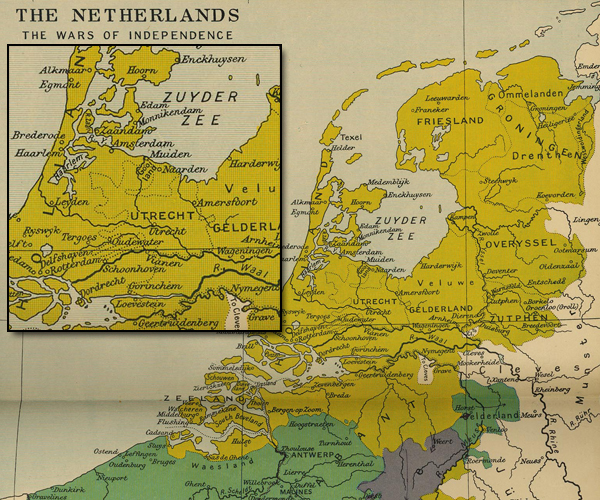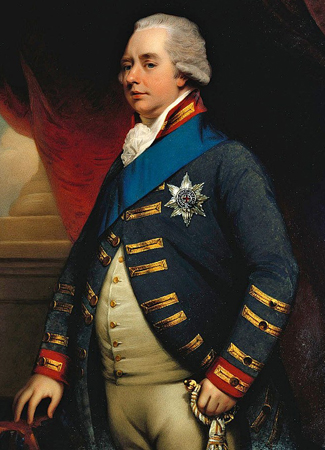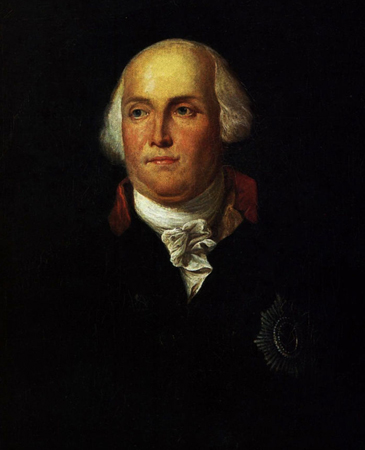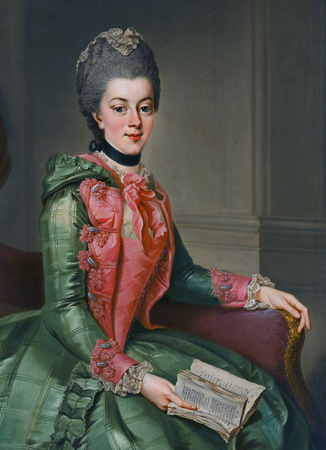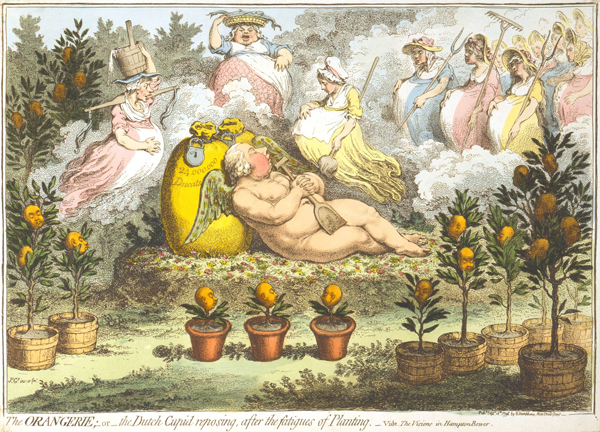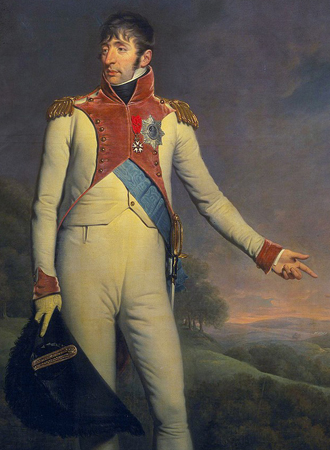
1 DUIT COIN - CITY / PROVINCE OF UTRECHT - NETHERLANDS - DUTCH REPUBLIC
(KM 91)
Date: 1788
Obverse: Crowned coat of arms with supporters of the city and province of Utrecht
Reverse: STAD UTRECHT - 1788
This is a 1 duit coin issued in 1788 by Utrecht, a city / province in the Netherlands, during the Dutch Republic. Different provinces minted their own duits, each imprinted its respective coat of arms on the reverse of the coin. This specific type was minted from 1739 to 1793. The duit was a copper coin worth 2 penning, with 8 duits equal to one (silver) stuiver and 160 duit pieces equal to one (gold) gulden. The duit is often referred to as the "New York penny" due to its use as a Colonial monetary unit in Dutch New Amsterdam (later New York). The coin was used there long after Dutch rule. It was one of the coin types used to purchase the island of Manhattan. The duit was used in most of the Dutch colonies by the Dutch East India Company, many were made with the company's monogram on the coin.
This coin was minted a year after the successful Prussian invasion of Holland to restore William V, Prince of Orange, as Stadtholder of the Dutch Republic. William V, Prince of Orange, had been the Stadtholder and Captain-General of the Army of the Dutch States since 1766, however the duke of Brunswick retained a significant role in government since William was only 18 years old when he took on these roles. He was married to Princess Wilhelmina the daughter of Augustus Wilhelm of Prussia and niece of the Holy Roman Emperor Friedrich II (the great).
The time between 1780 and 1787 was called the Patriottentijd, or the "Time of the Patriots", which was a period of political instability in the Dutch Republic. There was disaffection with the perceived state of the economy, diplomatic decline and a growing frustration with the political system of the Dutch Republic among middle-class Dutchmen. This period takes its name from the Patriotten or Patriots Party, a pro-democratic, anti-monarchist faction that rose up against the rule of William V whose supporters were called the Orangists. The Dutch saw the American Declaration of Independence as being the same as their own declaration against the rule of King Philip II in 1581, the American War for Independence as similar to the Dutch Revolt and the establishment of the United States as similar their own establishment of the Dutch Republic. A leader of the Patriot faction, the nobleman Joan Derk, Baron van der Capellen tot den Pol, published his call to action, inspired by the American War for Independence, called Aan het Volk van Nederland or "To the People of the Netherlands" which called for an end to stadtholder rule which many viewed as corrupt. In this pamphlet he repeatedly called for the burghers of the Netherlands to arm themselves and take matters into their own hands saying "Arm yourselves, all of you, and elect yourselves the ones that must command you." The Patriots were mainly from the cities and the middle classes while the lower classes generally supported William V. Farmers and those who lived in the countryside generally remained neutral. The province of Utrecht generally favored William while the city of Utrecht clearly favored the Patriots.
Patriots managed to gain power in a number of Dutch cities including Utrecht where they gradually replaced the old system with a system of democratically elected representatives and gained Patriot majorities in Utrecht as well as the States of Holland, Groningen and even for a time in the States General. This was a significant blow to the power of William since it deprived him of his rights of appointment and command over large parts of the Dutch States Army. The civil unrest drove William to take leave of The Hague and move his court to Het Loo Palace at Nijmegen in the Gelderland province, well removed from the turbulent political centers. Although often billed as a civil war, there was little actual fighting involved. However, there were a handful of battles including the Battle of Jutphaas in Utrecht. In this battle around 6,000 Patriot defenders engaged Orangist troops and routed them. It was more of a skirmish and there were few casualties but it was billed as a great victory by the Patriots. The conflict was more one of propaganda and political positioning than a military one. Below is a good example of Patriot propaganda by James Gillray showing William lounging in comfort and safety at his Palace in Gelderland, sleeping on bags of money surrounded by pregnant mistresses.
The modest civil war was essentially a military stalemate and it would not be a military push by either side that would eventually end it. William, not willing to remove himself from his safe space, stayed behind while his wife Wilhelmina resolved to return to The Hague to rally the Orangists. This she did in June of 1787, but was promptly arrested Outside the city of Schoonhoven. She was taken to a farm near Goejanverwellesluis where she was briefly detain before being forced to return to Nijmegen. The arrest of Wilhelmina gave her brother, Frederick William II of Prussia, the excuse he needed to intervene militarily and he launched the Prussian invasion of Holland in September 1787. The patriots had expected aid from France against the far superior Prussian military but this never materialized, and in less than two months the Patriots were defeated and the "Orange Restoration" began.
William returned to The Hague on September 20, 1787 at the head of the States-army marching together with the Prussian army. Patriot members were removed from office and legislation they had passed was overturned. Although a limited Amnesty was declared in November, Patriots found themselves the targets of acts of revenge. Most of the leaders had already fled the country and soon close to 40,000 others would join them in exile in France where they were given refuge and financial support by King Louis XVI. William's restoration and the exile of the Patriots would not last long as in 1795 the Patriots would return with the support of the French. William would again flee, this time to Britain, and the Patriots would end the Dutch Republic and replace it with what would be the short lived French client state called the Batavian Republic with Louis I (Louis Napoléon Bonaparte, the brother of Napoleon Bonaparte) as King. |

